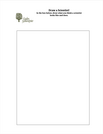
Draw what you think a scientist
looks like and does.
- Subject:
- Science
- Material Type:
- Diagram/Illustration
- Provider:
- Reimagine Teaching
- Provider Set:
- Ogden Nature Center
- Date Added:
- 12/08/2020
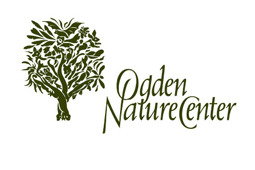
The 152-acre preserve is our foundation, but education is our focus. Each year the Ogden Nature Center brings more than 50,000 children, teachers, and adults together with nature through hands-on field classes. Participants in our education programs, both for school groups and for the community, observe and learn about plants and animals up-close, discovering the pleasure of being in nature and realizing their own connection to the environment.

Draw what you think a scientist
looks like and does.
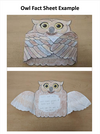
An example of what a finished owl fact sheet could look like.

Join the Ogden Nature for an in-depth look at adaptations and explore how to use your 3 brain tools!
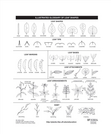
This sheet provides a glossery of leaf shapes.
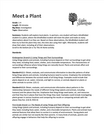
Students will explore local plants. In partners, one student will lead a blindfolded
student to a plant, where the blindfolded student will meet the plant and make as many
observations about it as they can. Based on these observations, the blindfolded student will
then try to find the plant they met, this time also using their sight. Afterwards, students will
draw their plant, including all of their observations.
Scroll to the bottom for a Try This At Home activity.
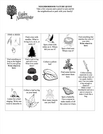
A neighborhood or park scavanger hunt to discover a few items in nature.
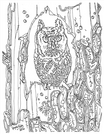
An owl coloring activity.
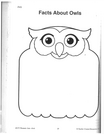
This craft activity asks students to create an owl fact sheet with a few facts listen on the owl's stomach
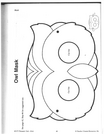
This craft activity has students cutting out and decorating their own owl mask.
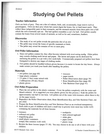
This lesson plan describes how student can learn about an owl's diet by examining owl pellets.

Watch a fun video about owls and owl pellet dissection, download a worksheet about owl parts, and get information on how to obtain owl pellets to dissect and explore yourself. There are also some instructions for creating cool owl crafts.
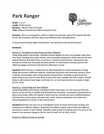
This is a running game, similar to sharks and minnows, where the students will take
on the role of animals, and learn about their different traits and adaptations.

This slide labels and describes parts of a tree.

This activity asks students to label parts of a tree and describe what those parts do.

This activity asks students to label parts of an owl. Answers included.

This activity asks students to count how many of each specific pond animals or items they can find when visiting a pond.
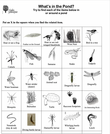
This activity asks students to try and find each of the items listed in or around a pond.

Students will explore pond life at the Ogden Nature Center and find out what lives in and around ponds, identify macroinvertebrates and explore metamorphosis.
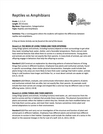
Play a running game where the students will explore the differences between reptiles and amphibians.
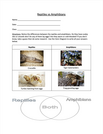
This worksheet has studetns identify the differences between reptiels and amphibians.